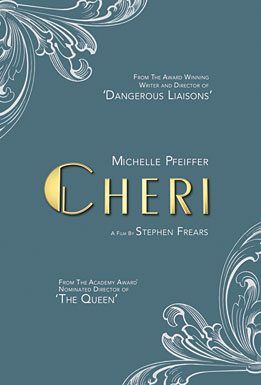
After their marriage, Chéri is notably depressed. Notably, his mother and Edmée's mother are at war over the couple's future financial arrangements. After attempting to have him trained in boxing, the text flashes forward to a more recent time.Ĭhéri is telling Léa of his upcoming marriage to Edmée and is disappointed by her lack of response. At times she thinks that he is so distant, he might as well speak another language. She and Chéri argue a little, kiss and make up, and travel together to Normandy where they stay for several months as lovers. When Chéri was nineteen, Léa mentioned taking a trip to the country. Léa considers Chéri's mother, Charlotte, a competitor but she also appears to be one of her closest friends. Edmée is revealed to be a reticent girl with a boisterous, rude mother (Marie-Laure).Īt this point, there are flashbacks through the course of their relationship. As they often do, the pair playfully fight before making up, and he runs off to meet his potential bride, Edmée. Léa alternatingly obsesses over getting old and celebrates what she has done and who she has had in her life while demonstrating no remorse over her life as a courtesan.

They have been involved for around six years, and she is forty-nine while he is twenty-five. He mentions his marriage prospects, but she seems to take this in stride as they believe their relationship is casual. They are physically involved, and they argue while Chéri plays with Léa's pearls and thinks on her age. The novel opens with an exchange between Léa and Chéri. This novel was followed by a sequel, La Fin de Chéri, published in 1926. The title character's true name is Fred Peloux, but he is known as Chéri to almost everyone, except, usually, to his wife.

Chéri is a novel by Colette published in France in 1920.


 0 kommentar(er)
0 kommentar(er)
